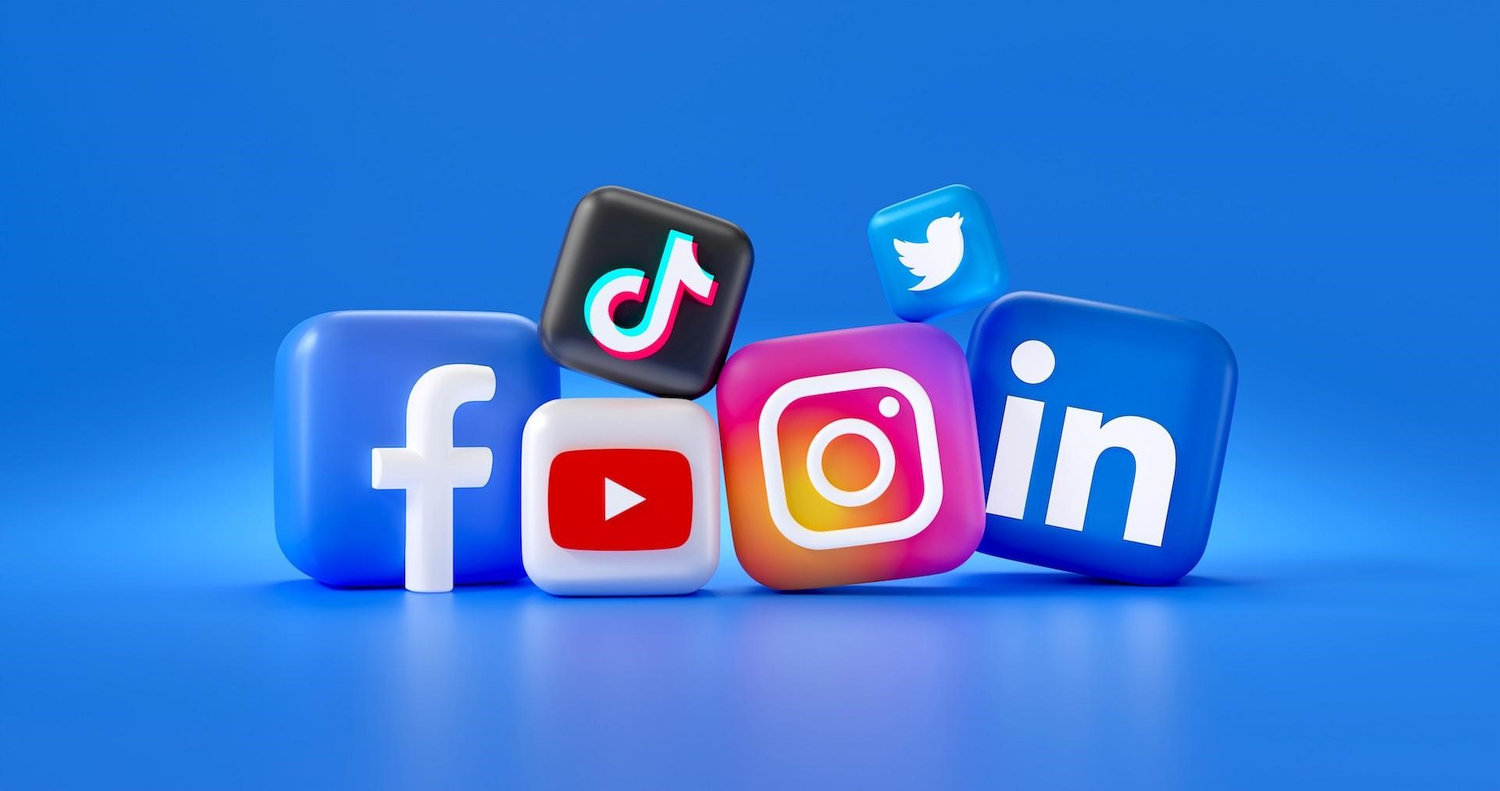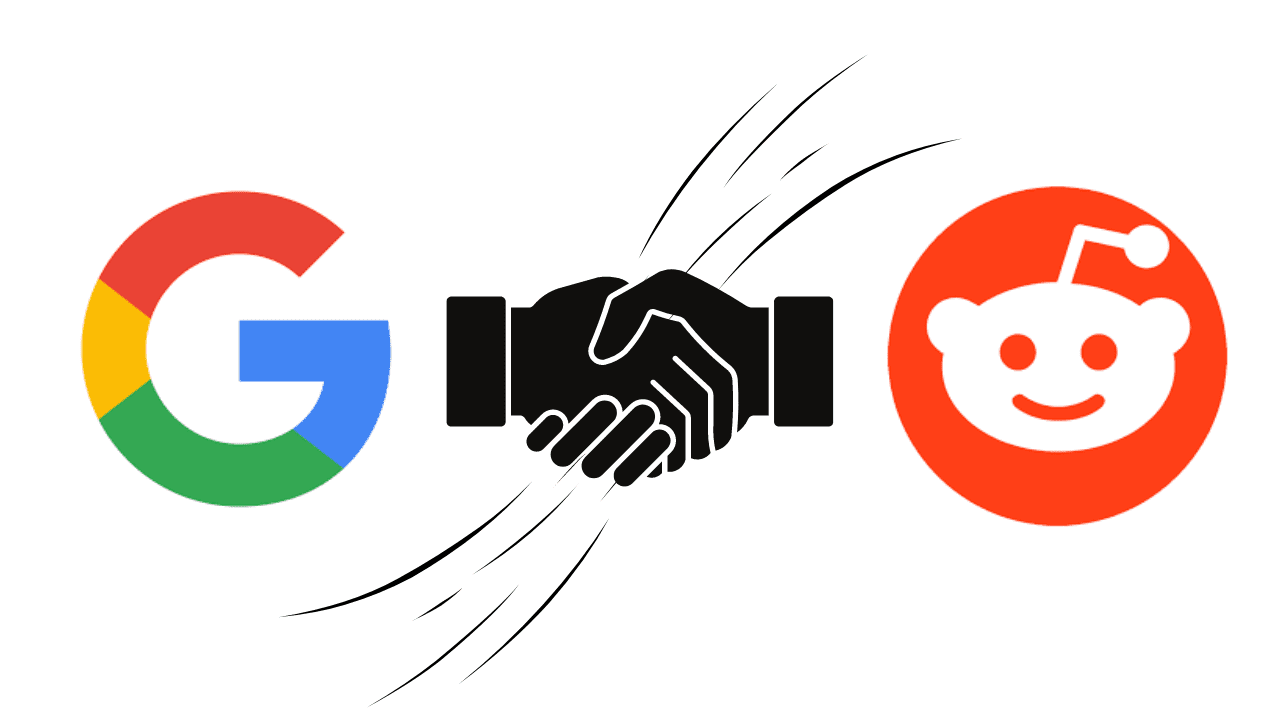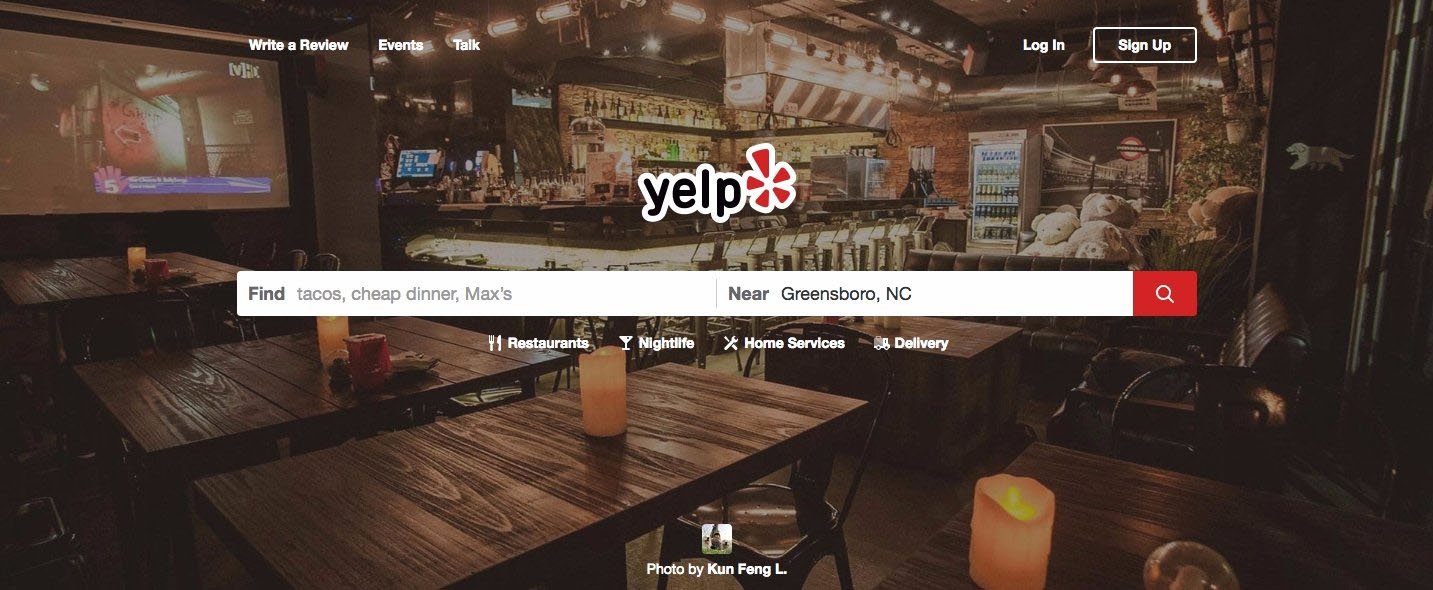User experience plays a more significant role in SEO than ever before. Search engines prioritize websites that keep users engaged, provide intuitive navigation, and deliver relevant content seamlessly. A well-structured UX influences key metrics like bounce rate, session duration, and conversions, all of which impact search rankings.
The funnel model and the spiderweb model represent two different approaches to user experience. The funnel model follows a structured path toward a specific goal, while the spiderweb model creates a more interconnected journey where users explore multiple touchpoints. Understanding their differences can help businesses determine which strategy aligns best with their goals and audience behavior.
The Funnel Model
The funnel model is a structured approach to user experience that guides visitors through a predetermined path, typically from awareness to conversion. It is commonly used in e-commerce, lead generation, and service-based industries where a clear and measurable journey improves the likelihood of achieving a desired action.
Benefits of Using a Funnel Model
- Predictable user flow since visitors move through defined stages, making behavior easier to analyze and optimize
- Higher conversion rates by eliminating distractions and leading users toward a single, focused goal
- Clear content alignment with messaging tailored to each stage, improving engagement and decision-making
- Efficient tracking and optimization by identifying drop-off points and refining each step to reduce friction
Limitations of the Funnel Model
- Rigid structure that does not account for users who prefer to explore content in a nonlinear way
- Potential drop-offs if a user exits the process at any stage, often resulting in lost conversions
- Limited flexibility for industries where customers make decisions based on research, reviews, or prolonged engagement
- Can create a forced journey that does not align with the diverse ways users interact with content and brands
The Spiderweb Model
The spiderweb model offers a nonlinear approach to user experience, allowing visitors to explore content freely rather than following a fixed path. Instead of guiding users through a step-by-step process, this model creates multiple interconnected touchpoints that encourage organic navigation. Websites that focus on content engagement, brand storytelling, and community-building often benefit from this approach.
Benefits of Using a Spiderweb Model
- Encourages deeper engagement by providing multiple paths for users to explore based on their interests
- Increases time on site as visitors are naturally led to related content, improving SEO performance
- Supports diverse user journeys, making it effective for content-heavy sites, blogs, and knowledge bases
- Enhances brand trust by offering value without immediately pushing users toward conversion
Limitations of the Spiderweb Model
- Harder to track user behavior since there is no single, defined path leading to conversions
- Requires strong internal linking and well-organized content to prevent users from feeling lost
- Can reduce conversion efficiency for businesses that rely on a structured sales funnel
Risk of overwhelming users if there are too many navigation choices without clear prioritization
Comparing the Effectiveness of Funnel and Spiderweb Models
Different businesses and user behaviors determine whether the funnel or spiderweb model is more effective. While the funnel model prioritizes structured progression toward a goal, the spiderweb model allows for greater flexibility and exploration. Understanding how each performs in different contexts helps determine which is better suited for a specific website or business strategy.
When the Funnel Model Works Best
The funnel model is most effective for e-commerce, lead generation, and service-based businesses that require a direct path to conversion. It works well when users have a clear intent and need minimal exploration before making a decision. This approach provides measurable insights into user drop-off points, making it easier to optimize the journey for higher conversions. By reducing distractions and leading users through a focused process, the funnel model ensures that unnecessary choices do not interfere with the desired action.
When the Spiderweb Model is More Effective
The spiderweb model is better suited for content-heavy websites, blogs, online communities, and knowledge bases that prioritize exploration. It engages users who are not ready to convert immediately but may return after consuming multiple pieces of content. This model encourages brand loyalty by creating a more organic and immersive experience. Businesses that rely on long-term audience engagement rather than immediate transactions benefit from the spiderweb approach, as it fosters deeper interactions and keeps users engaged across multiple touchpoints.
Blending Funnel and Spiderweb Models
While both models have distinct advantages, some businesses benefit from integrating elements of each. A hybrid approach works well when a website needs to guide users toward conversions while also allowing room for exploration.
E-commerce sites often incorporate spiderweb elements by linking to related products, blog content, or customer reviews, giving users more opportunities to engage before making a purchase. Content-driven platforms, such as educational websites or media outlets, may structure certain pathways like a funnel to lead users toward subscriptions or memberships while still maintaining a web of interconnected content.
This strategy is not always the best approach. Businesses with a clear and singular conversion goal often perform better with a strict funnel model, as too many pathways can create unnecessary distractions. Likewise, brands that rely on organic discovery and long-term engagement may find a funnel structure too restrictive. The decision to blend these models should be based on user behavior, business objectives, and the type of content being presented.
Both the funnel and spiderweb models offer unique advantages depending on the goals of a website. The funnel model provides a structured and predictable path to conversion, making it effective for businesses that rely on direct sales, lead generation, or service sign-ups. The spiderweb model, on the other hand, creates a more flexible and immersive experience, encouraging users to explore and engage with content over time.
Choosing the right approach depends on audience behavior and business objectives. Some websites may benefit from a strict funnel, while others thrive on an interconnected content strategy. In some cases, blending both models can create a balanced user experience, but only if done with clear intent and careful planning. Understanding how users interact with content is the key to making informed UX decisions that drive engagement and conversions.
PRO TIP!
Unlock the full potential of your website with our SEO GO SERVICE! Our Google-certified experts will refine your website’s user experience by optimizing content flow, whether through a structured funnel or an interconnected spiderweb model, ensuring seamless navigation and increased engagement.






Leave a comment
0 Comments